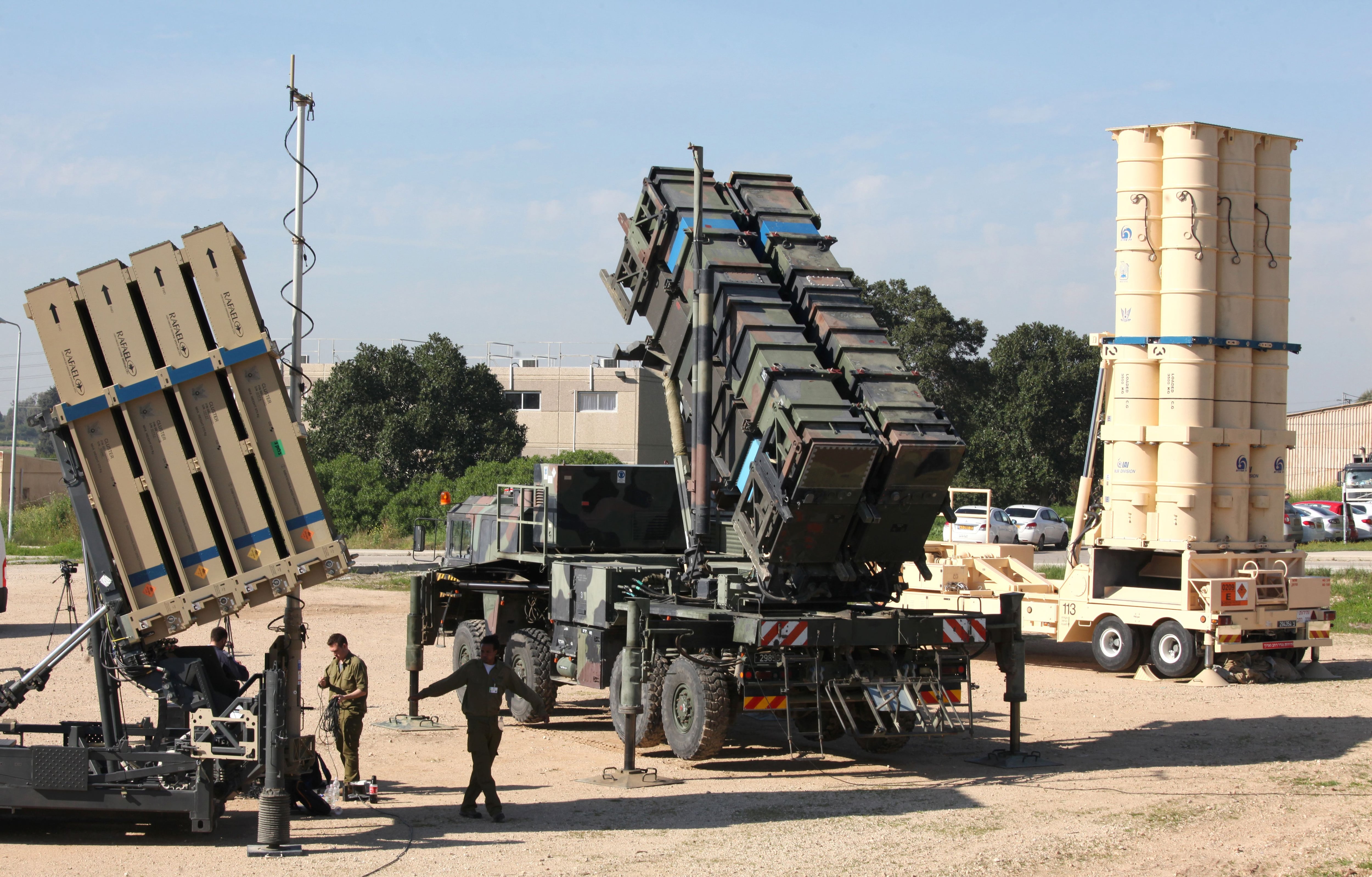PARIS — The U.S. Army has awarded three $2.6 million contracts in the first phase of a program to find a second interceptor to defend against rockets, artillery, mortars, cruise missiles and drones.
Lockheed Martin was awarded one contract to mature its Miniature Hit-to-Kill (MHTK) missile out of the science and technology phase and into the development phase.
And Raytheon received two awards: one to qualify Sky Hunter — which is the U.S. version of Israeli company Rafael’s Tamir interceptor — and another based on the Accelerated Improved Interceptor Initiative (AI3).
The U.S. Army indicated in its fiscal year 2019 budget documents that it wanted a new surface-to-air missile to provide capability to counter RAM, cruise missile and drone threats and plans to hold a competition to procure it.
The missile the Army is calling the Expanded Mission Area Missile, or EMAM, will be the second interceptor qualified for the Indirect Fire Protection Capability Increment 2 program, or IFPC Inc. 2, which has been in development to counter RAM threats for years.
The service has already chosen one interceptor for the system — the AIM-9X Sidewinder missile, but since IFPC will feature a multi-mission launcher, or MML, the Army wants to qualify a variety of interceptors for the system over time.
“This award brings us one step closer to addressing a top battlefield priority — having an effective and cost-efficient solution to defeat rockets, artillery, mortars and other airborne targets,” Hal Stuart, the force protection program manager within Lockheed’s Missiles and Fire Control business, said in a statement issued at Eurosatory, one of Europe’s largest land warfare conferences, June 13.
The Army and Lockheed have worked together to mature the MHTK missile from basic research to a concept demonstration with two configurations — a semi-active radio frequency seeker and an active radio frequency seeker, according to the Lockheed statement.
The MHTK is just under two-and-a-half feet and an inch-and-a-half in diameter and weighs in at about five pounds.
“A key element of phase 1 is creating a high fidelity, integrated flight simulation of the EMAM offerings to support US Army down-select for an accelerated [engineering and manufacturing development] program,” Raytheon said in a statement. “Raytheon is working hard to provide capable and proven solutions for both IFPC 2 and [Maneuver- Short-range Air Defense] programs.”
RELATED

The Tamir missile is the interceptor for the Israel-U.S.-developed Iron Dome air defense system that is deployed in Israel and is used to protect the country from incoming rockets, artillery and mortars.
The Israeli and U.S. governments have a co-development and production agreement to produce parts for Iron Dome and build the interceptors. Rafael and Raytheon are the co-producers for the program. About 55 percent of the work is done in the U.S. while the remaining work is done in Israel.
Raytheon and the Army teamed up to design and build the AI3 interceptor missile during a 19-month development and demonstration program. The missile is specifically designed to counter RAM threats but could also serve as a drone buster in both the IFPC and SHORAD missions.
The U.S. Army has already test fired Tamir, MHTK and AI3 from its multi-mission launcher that is also still in development.
The IFPC Inc. 2 system isn’t expected to be fielded until roughly 2023 and there’s push in Congress to try to find an interim solution to defeat cruise missiles until it’s ready. Rafael’s Iron Dome and Tamir interceptors is a system being floated to serve in that role.
Jen Judson is an award-winning journalist covering land warfare for Defense News. She has also worked for Politico and Inside Defense. She holds a Master of Science degree in journalism from Boston University and a Bachelor of Arts degree from Kenyon College.






